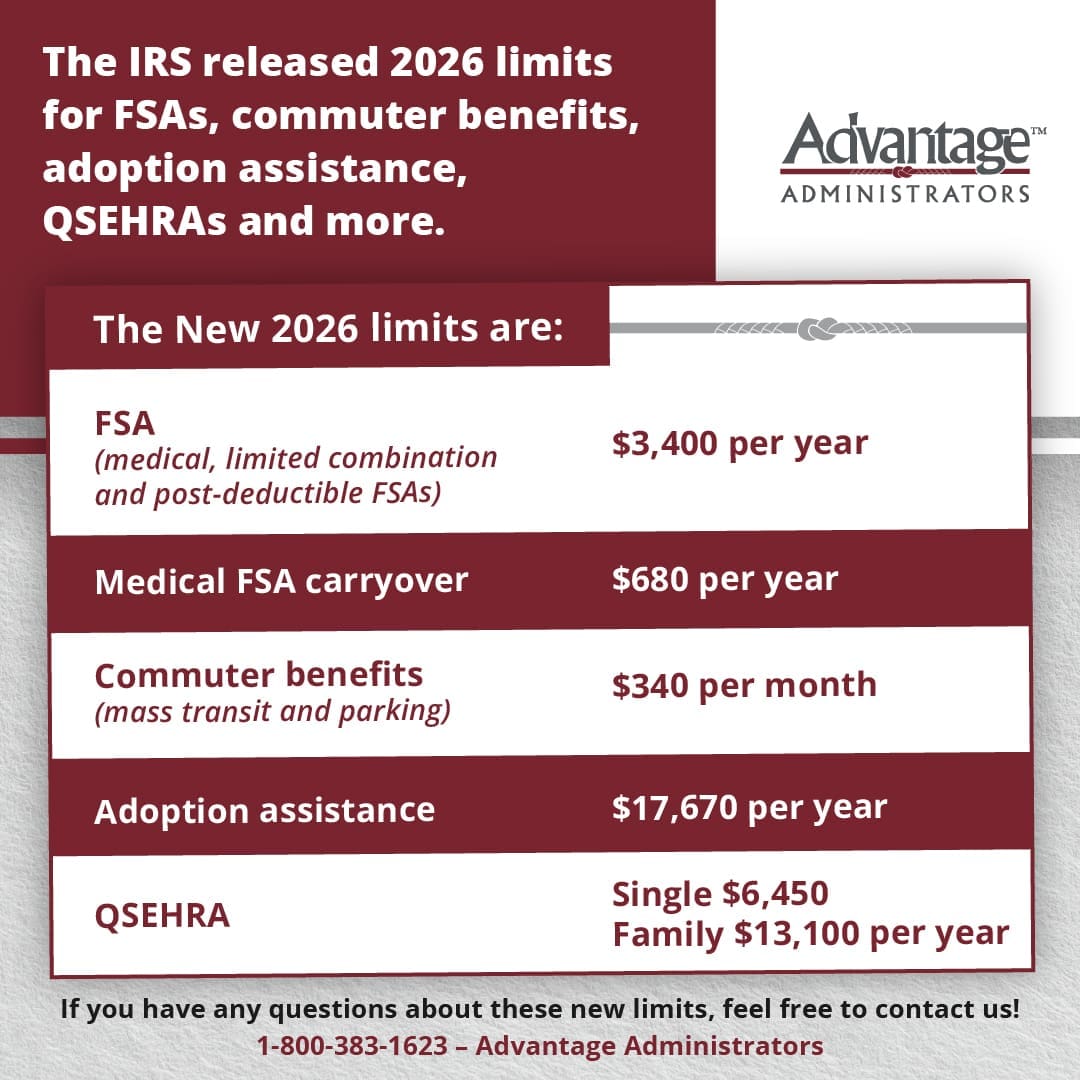Why Gen Z and Millennials Should Embrace HSAs
In today’s world where financial security feels increasingly elusive, Gen Z and millennials are rewriting the playbook on how they save, spend and invest. Yet, one of the most underutilized tools in their financial arsenal is the health savings account (HSA). Despite its potential to revolutionize both short-term healthcare spending and long-term wealth building, many young professionals overlook the power of an HSA. It’s time to change that narrative.
HSAs: The triple tax advantage that can’t be ignored
HSAs aren’t just another savings account; they come with a rare and powerful triple tax advantage:
- Tax-free contributions – The money you contribute is tax-deductible, lowering your taxable income.
- Tax-free growth – Your HSA funds can be invested, growing tax-free over time.
- Tax-free withdrawals – When used for qualified medical expenses, withdrawals remain untaxed. Nonqualified withdrawals may be subject to taxes and penalties.
This unique combination makes HSAs one of the most tax-efficient ways to save for many individuals, yet research shows that many young people are not taking full advantage of this benefit.
Breaking the myth: HSAs are not just for medical bills
One common misconception is that HSAs are only useful for immediate healthcare costs. In reality, an HSA functions as a flexible financial tool:
- Retirement booster – After age 65, your HSA funds can be withdrawn penalty-free for any expense (though non-medical withdrawals are taxed like a traditional 401(k) or IRA).
- Emergency fund alternative – Unlike traditional emergency funds, an HSA offers tax advantages while allowing funds to roll over indefinitely.
- Investment opportunity – Many HSAs allow account holders to invest in stocks, bonds, and mutual funds, helping to build long-term wealth.
Why Gen Z and millennials should start now
Unlike older generations, Gen Z and millennials have a unique advantage: time. By starting early, they can leverage the power of compounding interest, turning small contributions into substantial assets over decades. Consider this:
- A 25-year-old who contributes $3,000 annually to an HSA and invests it with an average 7% return could accumulate over $400,000 by retirement—just for healthcare expenses.
- Unlike a flexible spending account (FSA), HSAs have no “use-it-or-lose-it” rule, making them a sustainable, long-term savings tool.
Making HSAs more accessible
For young professionals, navigating healthcare benefits can be daunting. Employers, benefits providers, and financial advisors should take an active role in simplifying HSA education by:
- Using technology – AI-driven tools can help personalize benefits recommendations and forecast potential savings.
- Gamifying the experience – Interactive apps and incentives can make saving fun and engaging.
- Telling success stories – Real-life case studies showcasing how HSAs have helped individuals can inspire action.
The future of financial health starts today
As Gen Z and millennials take charge of their financial futures, integrating HSAs into their strategy can be a game-changer. Whether covering today’s medical expenses or preparing for tomorrow’s retirement, HSAs offer a unique opportunity to build wealth while ensuring healthcare security.
The information in this blog post is for educational purposes only. It is not investment, legal or tax advice. For legal or tax advice, you should consult your own counsel. To stay up to date on benefits trends and insights, subscribe to our blog.










 Flex Plans
Flex Plans Forms
Forms HSA
HSA HRA
HRA Retirement
Retirement Health Shopper
Health Shopper FSA Store
FSA Store